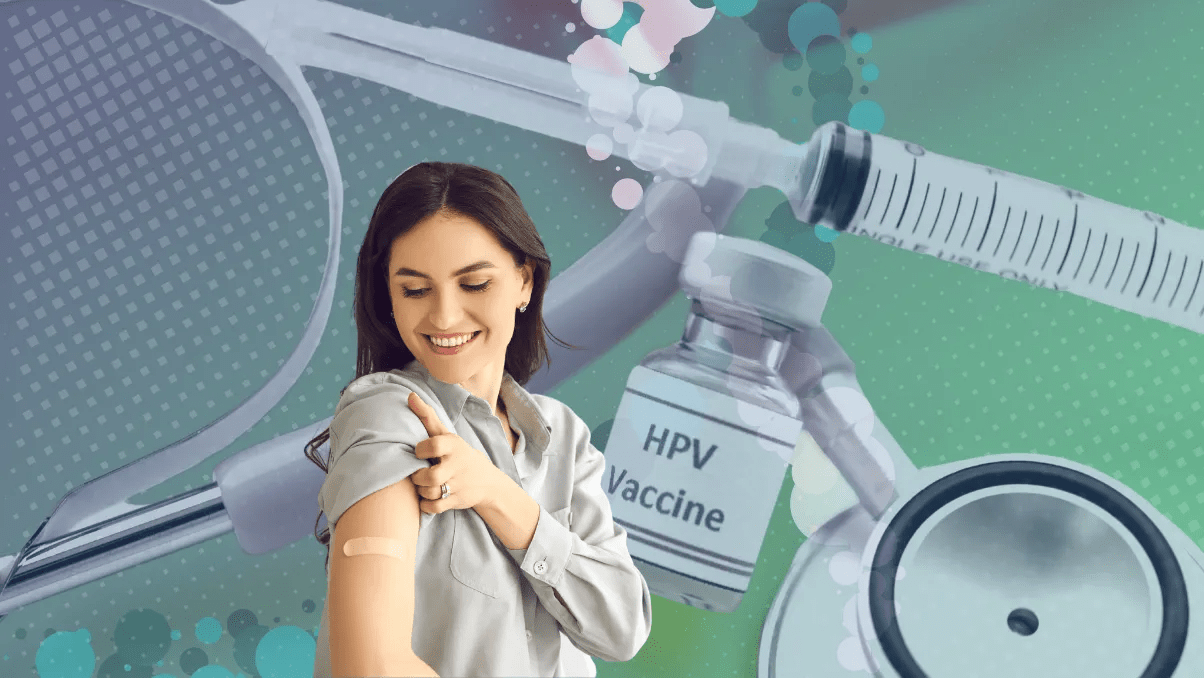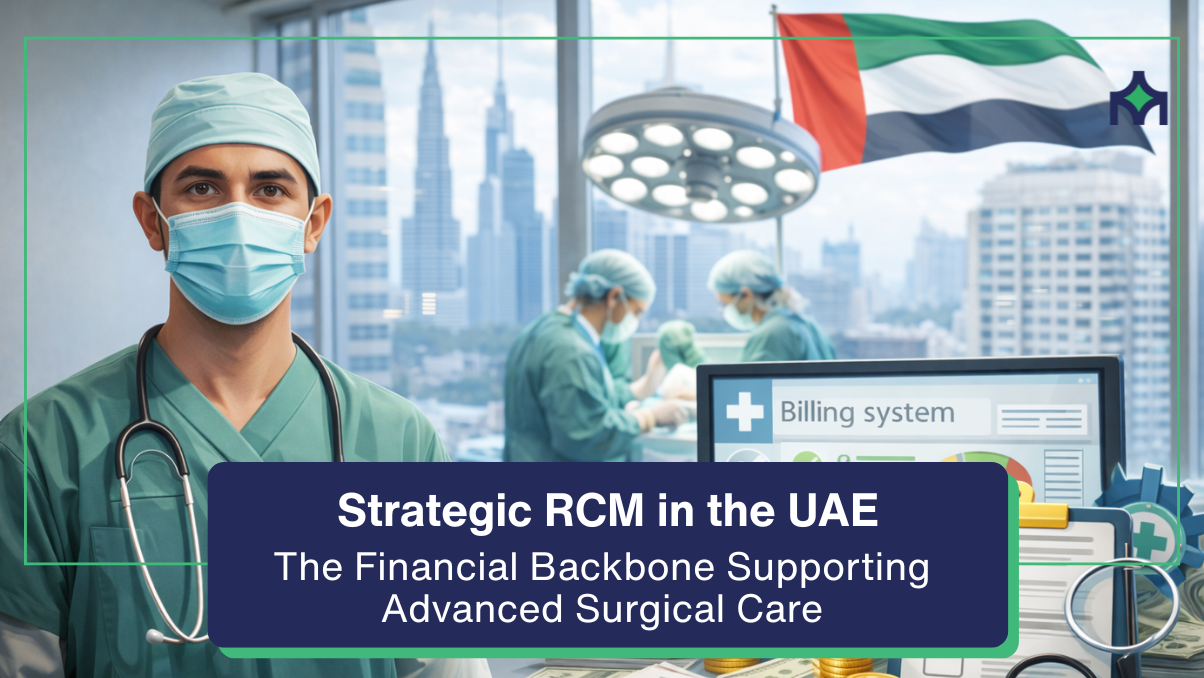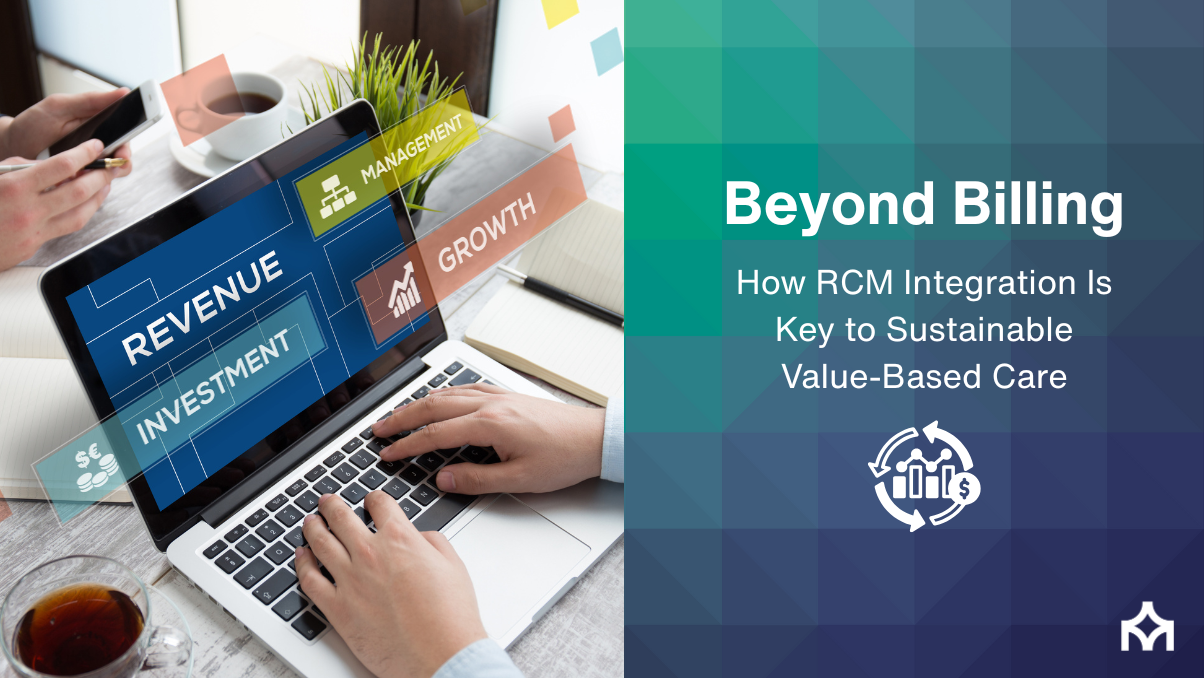HPV and Cervical Cancer: The Link You Shouldn’t Ignore
HPV & Cervical Cancer: Prevention, Early Detection, and How MGA Can Help
Human papillomavirus (HPV) is the leading cause of cervical cancer—but the disease is also among the most preventable. With vaccination, routine screening, and timely follow-up, we can dramatically reduce risk. Modality Global Advisors (MGA) partners with providers, payers, and communities to design programs that expand access, boost vaccination and screening rates, and close care gaps.
• HPV types 16 & 18 drive ~70% of cervical cancers • 99% of cervical cancers are HPV–associated • Vaccination and screening prevent disease; early treatment saves lives
What is HPV?
- HPV is a family of 200+ viruses; most infections clear spontaneously.
- High-risk strains (esp. 16/18) can cause cervical cell changes that progress to cancer if persistent.
- HPV is very common—nearly all sexually active people are exposed at some point.
HPV → Cervical Cancer: Key Facts
- Primary cause: Persistent high-risk HPV infection.
- Prevention: Vaccination (pre-exposure) + screening (Pap/HPV testing) + timely treatment of precancer.
- Early detection is critical: Abnormal changes are treatable long before invasive cancer develops.
- Vaccine impact: Broad programs show steep declines in HPV infections and precancers among vaccinated cohorts.
Prevention & Screening Toolkit
| Who | Recommended Actions |
|---|---|
| Ages 9–12 | Initiate HPV vaccination series (routine). Two-dose schedule if started before 15. |
| Ages 13–26 | Catch-up vaccination; complete series. Counsel on safer sex and routine care. |
| Ages 27–45 | Shared decision-making for vaccination (based on risk). Keep up with screening. |
| Screening (ages 21–29) | Cytology (Pap) every 3 years if normal. |
| Screening (ages 30–65) | Primary HPV test q5y, or co-testing (HPV+Pap) q5y, or Pap q3y (per guidelines). |
| Follow-up | Timely colposcopy for abnormal results; treat precancer to prevent progression. |
How Modality Global Advisors Accelerates Impact
• Vaccination program strategy & outreach (schools, primary care, community) • Standing orders & reminder-recall workflows
• Evidence-aligned screening protocols (Pap/HPV) • Mobile clinics & telehealth access for underserved groups
• Data & equity analytics (registry builds, gap lists, SDOH mapping) • Culturally responsive education campaigns
Top Barriers & Pragmatic Mitigations
- Misinformation & hesitancy: Plain-language materials, trusted messengers, consent toolkits.
- Access & cost: Vaccine purchasing/340B strategies, weekend clinics, transportation vouchers.
- Care gaps: EHR prompts, SMS reminders, no-miss vaccination at every eligible visit.
- Follow-up loss: Patient navigation, closed-loop referrals, co-located colposcopy.
- Equity: Multilingual content, community partnerships, measure outcomes by ZIP/language.
Talk to MGA about an HPV vaccination & screening readiness plan
Pro tip: lock a “no-surprises” dashboard—vaccination rate, on-time screening %, abnormal follow-up within 30 days, and equity parity across demographics.






